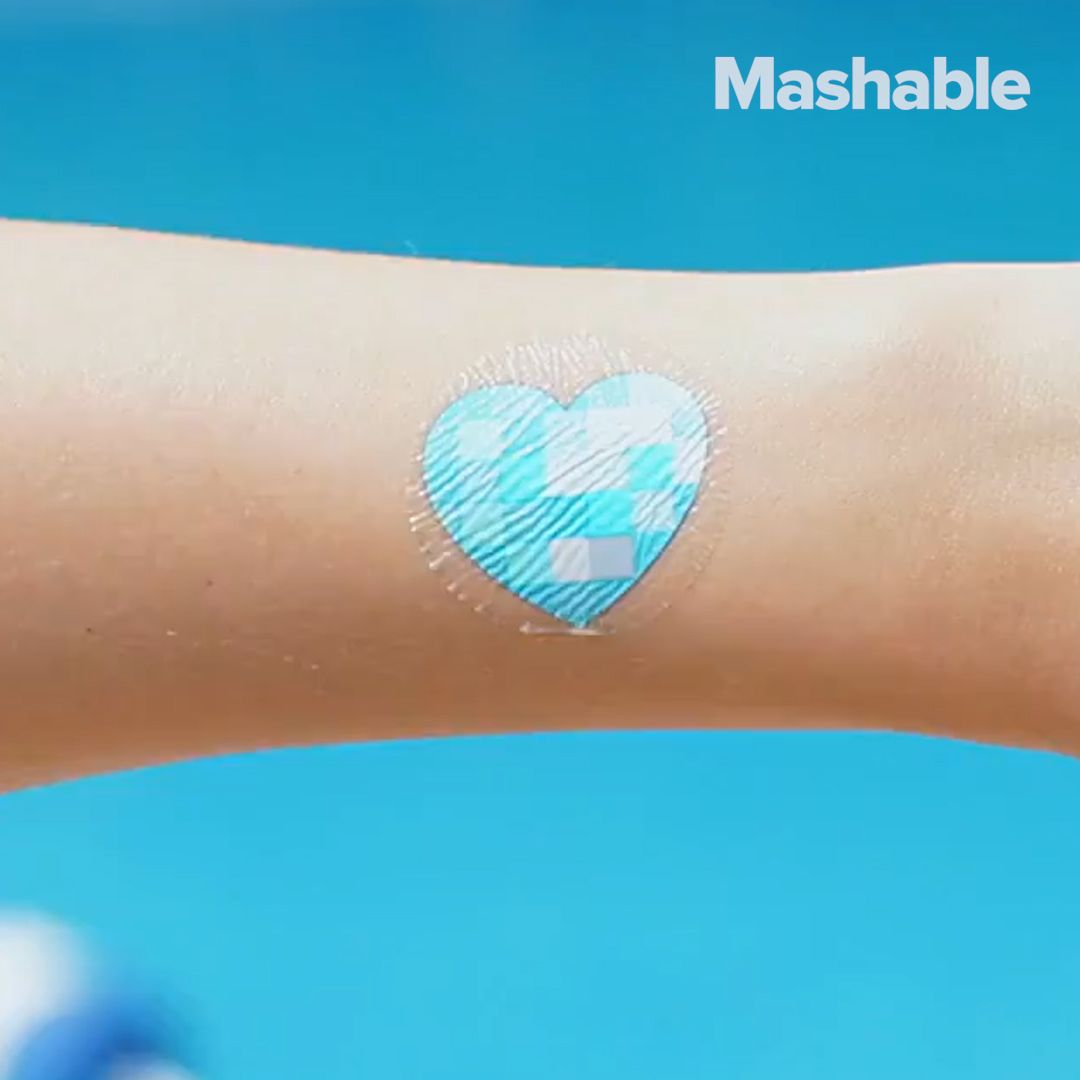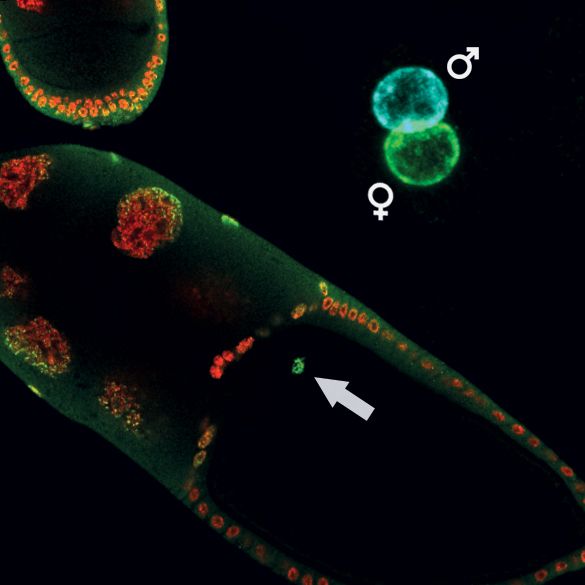The theory that we could be the result of a simulation has its proponents in science and philosophy. Are we prepared to replace God fo a teen future hacker?



This Google robot is cool but also terrifying. http://cnnmon.ie/2smtXfL
Scientists have demonstrated a method for growing capillaries, the tiny vessels responsible for transporting blood around the body.

The research team of Prof. Sonja Hofer at the Biozentrum, University of Basel, has discovered why our brain might be so good at perceiving edges and contours. Neurons that respond to different parts of elongated edges are connected and thus exchange information. This can make it easier for the brain to identify contours of objects. The results of the study are now published in the journal Nature.
Individual visual stimuli are not processed independently by our brain. Rather neurons exchange incoming information to form a coherent perceptual image from the myriad of visual details impinging on our eyes. How our visual perception arises from these interactions is still unclear. This is partly due to the fact that we still know relatively little about the rules that determine which neurons in the brain are connected to each other, and what information they exchange. The research team of Prof. Sonja Hofer at the Biozentrum, University Basel studies neuronal networks in the brain. She has now investigated in the mouse model what information individual neurons in the visual cortex receive from other neurons about the wider visual field.

We are more than the sum of our genes. Epigenetic mechanisms modulated by environmental cues such as diet, disease or lifestyle take a major role in regulating the DNA by switching genes on and off. It has been long debated if epigenetic modifications accumulated throughout the entire life can cross the border of generations and be inherited to children or even grand children. Now researchers from the Max Planck Institute of Immunobiology and Epigenetics in Freiburg show robust evidence that not only the inherited DNA itself but also the inherited epigenetic instructions contribute in regulating gene expression in the offspring. Moreover, the new insights by the Lab of Nicola Iovino describe for the first time biological consequences of this inherited information. The study proves that mother’s epigenetic memory is essential for the development and survival of the new generation.
Humans have than 250 different cell types. They all contain the exact same DNA bases in exactly the same order; however, liver or nerve cells look very different and have different skills. What makes the difference is a process called epigenetics. Epigenetic modifications label specific regions of the DNA to attract or keep away proteins that activate genes. Thus, these modifications create, step by step, the typical patterns of active and inactive DNA sequences for each cell type. Moreover, contrary to the fixed sequence of ‘letters’ in DNA, epigenetic marks can also change throughout life and in responses to environment or lifestyle. For example, smoking changes the epigenetic makeup of lung cells, eventually leading to cancer. Other influences of external stimuli like stress, disease or diet are also supposed to be stored in the epigenetic memory of cells.
It has long been thought that these epigenetic modifications never cross the border of generations. Scientists assumed that epigenetic memory accumulated throughout life is entirely cleared during the development of sperms and egg cells. Just recently a handful of studies stirred the scientific community by showing that epigenetic marks indeed can be transmitted over generations, but exactly how, and what effects these genetic modifications have in the offspring is not yet understood. “We saw indications of intergenerational inheritance of epigenetic information since the rise of the epigenetics in the early nineties. For instance, epidemiological studies revealed a striking correlation between the food supply of grandfathers and an increased risk of diabetes and cardiovascular disease in their grandchildren.